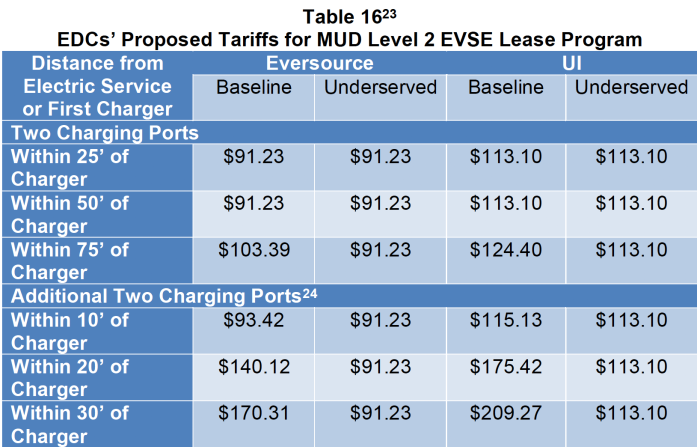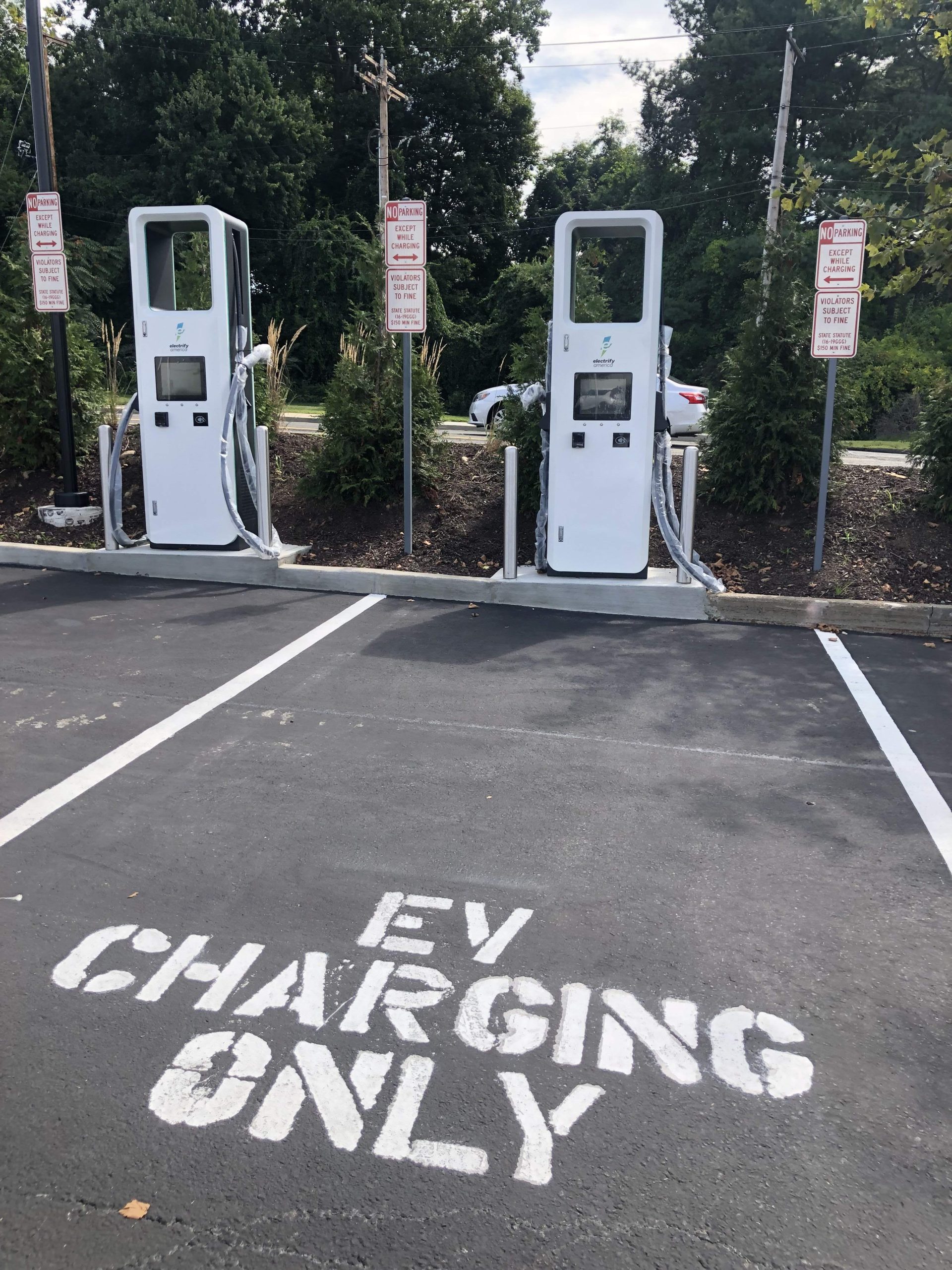Restructured Residential Managed Charging Incentives
For the first year of the program, there was one incentive program. This was a so-called demand-response (DR) program, where the EDCs would declare demand events during peak load periods on hot days. These occurred during 3-9 PM on weekdays from June through September. They don’t happen all the time, just when demand is very high due to heavy air-conditioning use.
The new plan revises this DR incentive and adds a second level of incentive known as Advanced Managed Charging, or Advanced Tier.
Before getting into the details, let’s zoom out a bit.
As noted, current peak demand periods occur during hot summer afternoons. In a fully decarbonized, meaning electrified world, demand patterns will significantly change. If heat pumps become the primary means of climate control, they will be working hardest on the coldest nights where gas and oil do the heavy lifting now. The summertime demand will be reduced since heat pumps are more efficient than AC compressors. So the Public Utilities Regulatory Authority (PURA) wants to inculcate in consumers the habit of thinking about peak and off-peak utilization as a year round thing, while still responding to the near-term load-shedding needs that occur over the summer.
The Authority directs the EDCs to implement an annual passive managed charging program for the residential Baseline Tier, with the on-peak period of 3:00 P.M. to 9:00 P.M. weekdays
participants shall be eligible for a maximum monthly incentive of $10, so long as the customer charges the EV at least 80% of the time during off-peak hours for the given month
EDCs will stagger start times to prevent “timer peak.”
These new programs are anticipated to be effective as of April 1, 2023.
Baseline Tier
The Baseline Tier is structured in 2 parts with separate payouts.
The first is a Passive Managed Charging tier where participants charge 80% or more of the time during the off-peak period and would be entitled to a $10/mo award. Peak times are 3 PM – 9 PM weekdays for this monthly incentive.
Additionally, the Demand Response Events remain during June to September where participants are encouraged to not opt-out of optional DR Events. There can be up to 15 such events, occurring between the hours of 3 PM – 9 PM per month. Participating (i.e. not opting) out in all events in a given month would entitle a Participant to and additional $20/mo for the four DR months.
In total, customers could earn $120 ($10/mo for 12 months) and $80 ($20/mo for 4 DR months) for a total of $200 in Baseline Tier. The total amount of the incentive remains unchanged; only the structure is different.
Advanced Tier
This tier is referred to as Active Managed Charging, where participants work with their utility to set a daily charging schedule that avoids on-peak charging. Customer inputs the State of Charge (SOC) that they need and a Time Charge is Needed (TCIN) and the utility does the rest. Participant can set these as default, for example, “every day, I need 100% charge at 7am” and the utility does the rest. They can also adjust these inputs as needed. Participant is responsible for not overriding the schedule where that act of overriding causes them to charge on-peak. Participants are able to opt out in such a way twice in a given month and still retain their incentive – any more and they forfeit the incentive in that month. There must be a minimum of two at-home charging sessions during the month. The incentive is $25 per month or $300 per year.
Peak time is the same 3 PM – 9 PM as in the Baseline Tier.
Of the comments noted in the docket, the most interesting was from DEEP, which “opined that rather than limiting charging under this tier to solely off-peak hours, the Advanced Tier should instead allow charging during all hours and provide dynamic managed charging to real-time grid conditions.” That would be an optimal approach as, for example, it would take into account weather and distributed energy resource contributions, rather than the current flat approach of set time periods. Ultimately, that is the way we need to go.
Note: Purchase, installation, telematics enrollment incentives are unchanged. In the original docket there was an enrollment option involving a device that would be placed on a dumb charger. There is no sign that one has been approved. There was no mention of anything about it in the participation data.
Additional Funds
Eversource and United Illuminating, the electricity distribution companies or EDCs, have reported high rates of participation for the DCFC (level 3) part of the program, as well as for the installation of level 2 chargers at Multiple Unit Dwellings (MUD). The MUD incentives apply to buildings with more than 5 units and are governed by the rules for commercial incentives. The Public Utilities Regulatory Authority (PURA) has authorized making more funds available in the near term (by accelerating funds designated for other years). Eversource and UI have compiled waitlists for applications received subsequent to funds depletion which will now be able to be included.
Leasing Program for Level 2 Chargers at MUDs
MUD = Multiple Unit Dwelling.
For these dwellings, defined as having 5 or more units, PURA has directed the EDCs to implement a leasing program for EVSE (chargers) as of February 2023. It is felt that some buildings may find it challenging to foot the upfront cost for multiple chargers/ports, even with the incentives and that leasing could ease overcome that. Furthermore, it allows the homeowner associations or building owners to gain experience with charging and tenant interaction.
The leases will be offered for 5 years, followed by an option to renew for another 5 years (at a lower price to reflect depreciation). At the conclusion of the second lease period, the dwelling will have the option of buying the chargers or allowing the EDC to repossess them.
During the lease period, the EDCs are obligated to engage a third party to maintain the equipment.
These are the prices listed in the December docket for the first 5-year term and are not final. Note that they are reflective of the distance between the EVSE and electric service.

Managed Charging for MUDs
How to charge for the power and offer incentives for load-shedding are complicated in an MUD setting, given that incentives are not always aligned between landlords and tenants, and there could be competition between tenants for less expensive charging slots. The EDCs have been directed to propose a voluntary opt-in managed charging program for MUDs for review by May 1 and implementation by July 1, 2023.


1 thought on “Utility Incentive Program Updates”
Comments are closed.